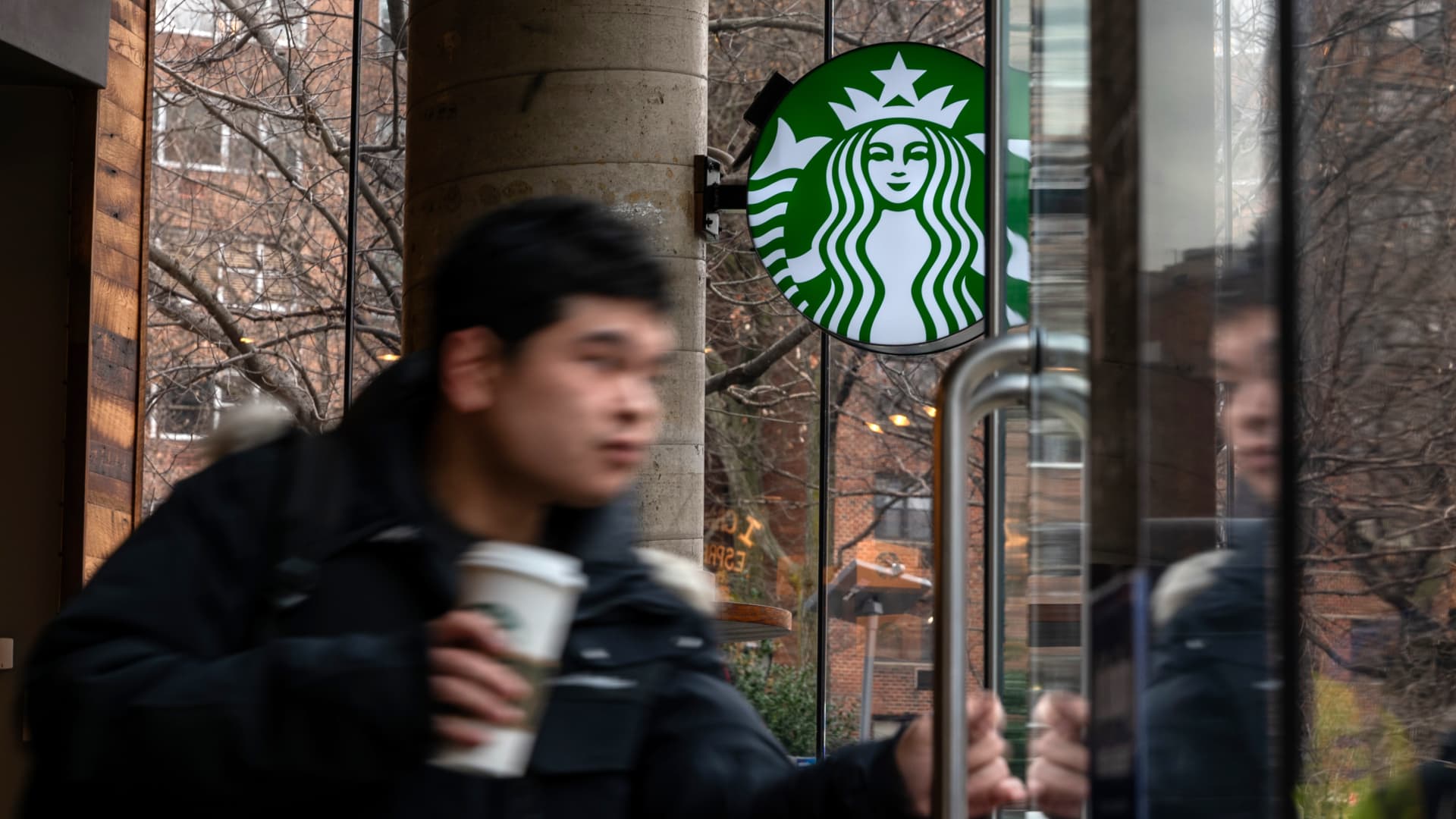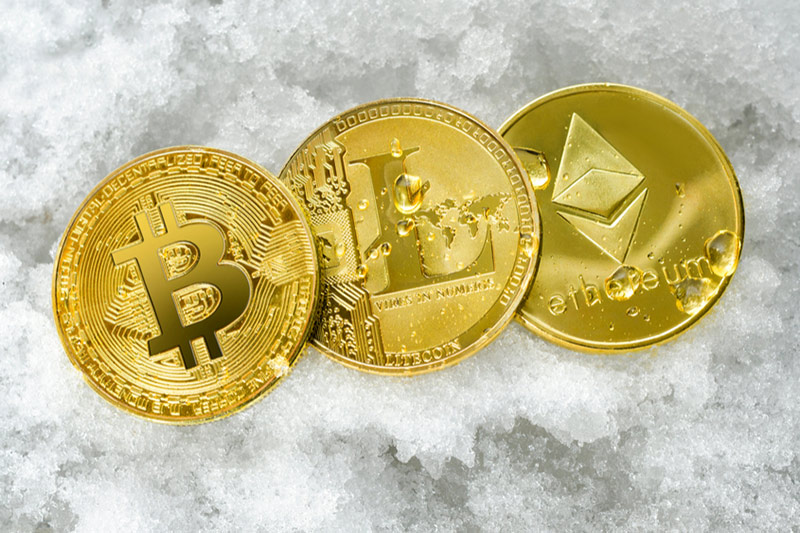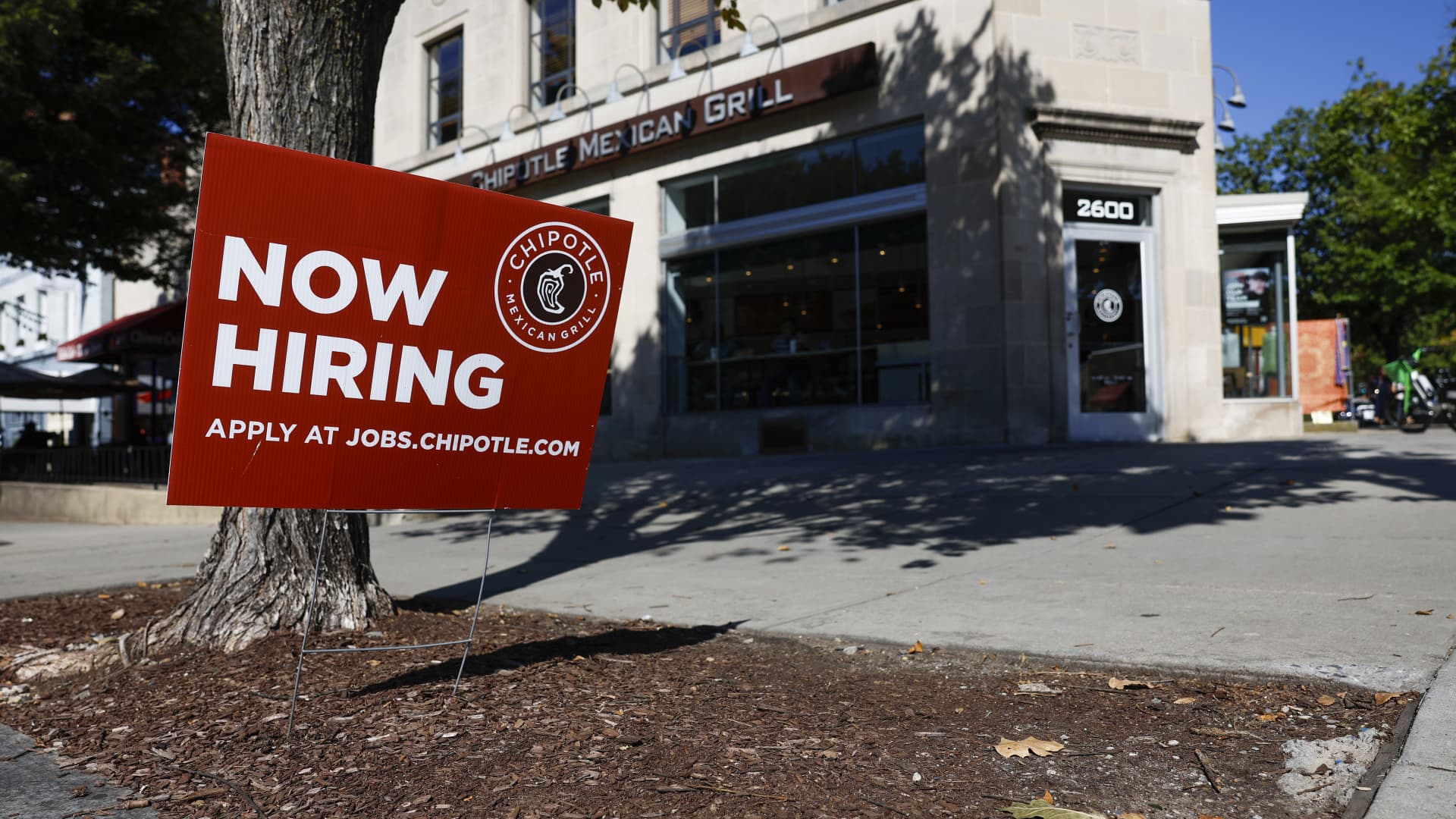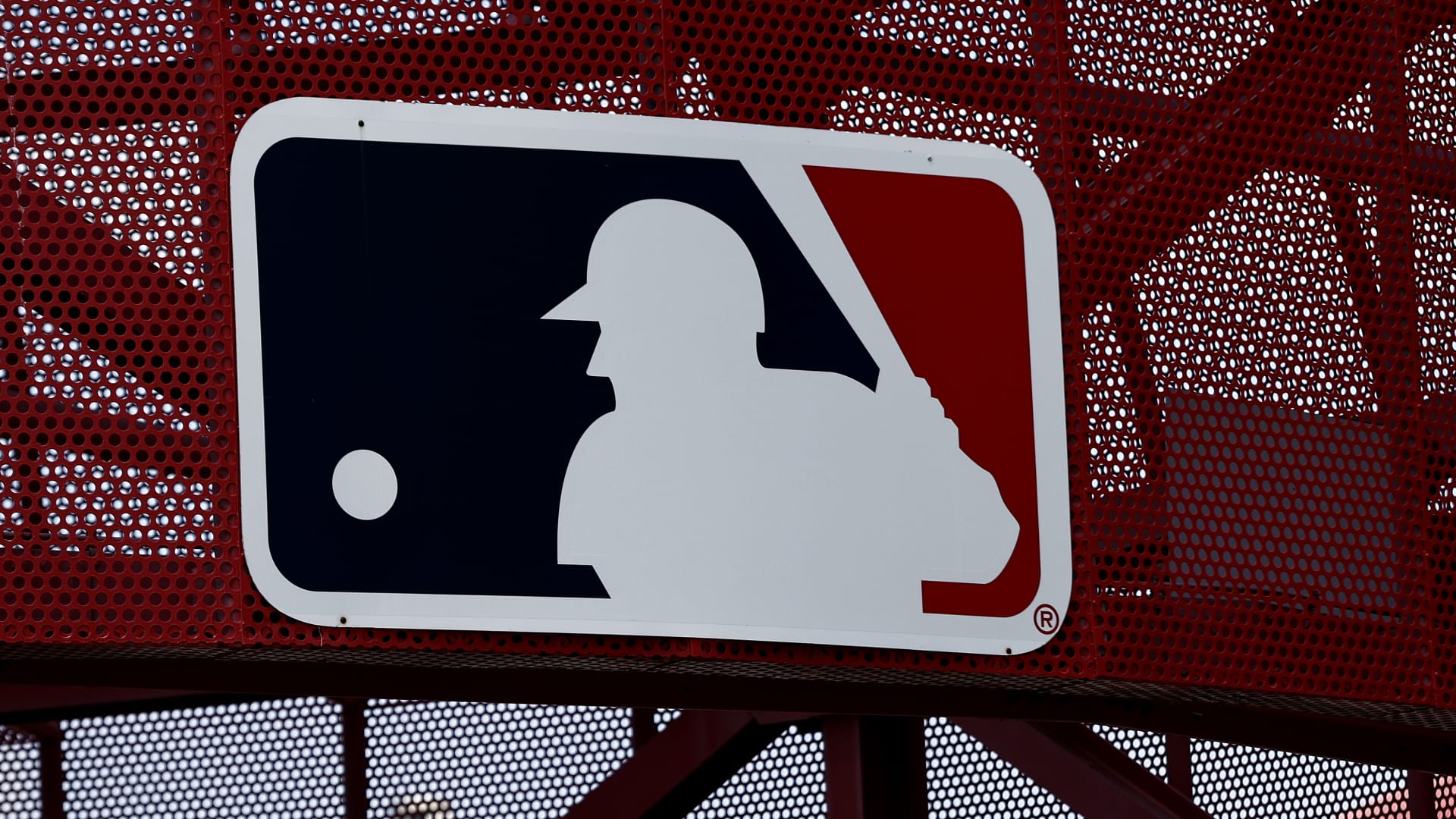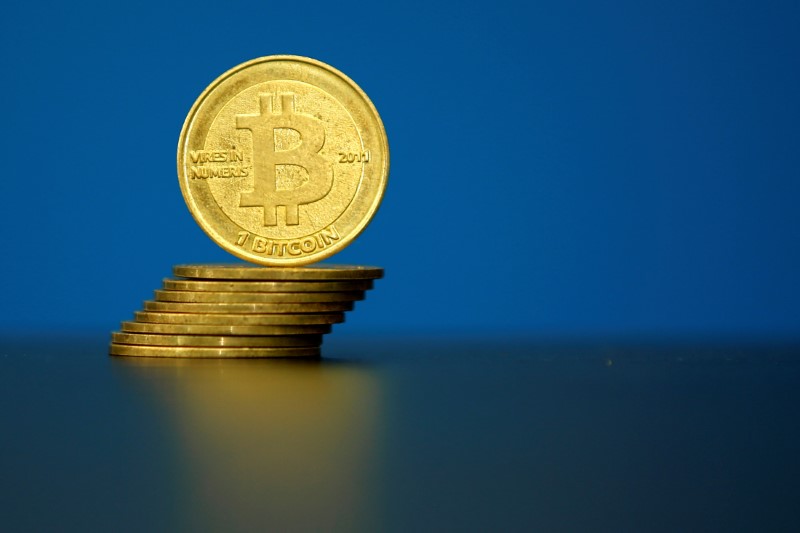The Utah headquarters chain, Swig, coined the “dirty sodium” in 2010. Fifteen years later, the trend is feeding innovation everywhere in all parts of Pepsic to McDonald'sInfusing the category of slow drink with new life.
“Soda dirty” drinks use pop as a base, followed by flavor syrups, cream or other ingredients. While Swig affirms the credit, and the registered trademark, for Dirty Soda, the Videos of Tiktok and the reality show “The Secret Lives of Mormon Wives” have helped the trend extending throughout, even surpassing the rapid expansion of the sodas chain.
Now, consumers can find it everywhere, from grocery stores to fast food chains.
In a few weeks, Pepsi plans to present two drinks inspired by dirty soda ready to drink at the Commercial Fair of the Convenience Stores of the National Comfort Stores in Chicago. The new drinks, the dirty dew and the cup float vanilla, follow the heels of the flavor of Pepsi Wild Cherry & Cream, which reached the shelves earlier this year.
“I think it is a great opportunity for people like us, like Pepsico, and for consumers to experience soft drinks in a new way, and somehow, in an ancient way,” said Pepsi Marketing director North America, Mark Kirkham, CNBC, comparing the increase in dirty soda with root beer floats and Yore's soda stores.
The alignment of dirty drinks inspired by Soda includes Pepsi Wild Cherry & Cream, Dirty Mountain Dew and Mug Flaats Howler.
Source: Pepsico
Dirty Soda has also attracted a new interest beyond drinking players. According to DataSential, 2.7% of US restaurants offer a carbonated soda that includes cream or milk, compared to 1.5% a decade ago.
The newcomers to the trend include TGI fridays, which Dirty Soda launched as a limited time menu element that could be triggered with alcohol. McDonald's is testing flavored soft drinks, such as a “lunar splash sprite”, in more than 500 locations after liquidating its cosmc centered on drinks in June. Yum Brands' Taco Bell has also been offering menu elements for limited time, as an explosion of Dirty Mountain Dew Baja.
Swig establishes a trend
These days, Swig has grown at more than 140 locations in 16 states. So far this year, its sales in the same store have increased by 8.2%, according to the private company. The Larry H. Miller company, an investment firm founded by former Utah Jazz owner, bought a majority participation in SWIG in 2022 for an unleashed sum.
“I think we are doing for what Starbucks did to have coffee,” said Swig's CEO Alex Dunn.
As Swig has grown, it also has the number of chains that seek to emulate their success. Rival soda stores such as Sodalicio, Fiiz and Cool SIPs also benefit from the trend. Coffee shops, like Dutch Bros.They have also added it to their menus. And now fast food chains are jumping in the car.
“Validate that this is a category, and McDonald's and Taco Bell would not be carried out if it were not something that had a great attraction that they could sell everywhere, in thousands of places,” Dunn said. “It is a bit flattering that we create a category that everyone is now copying.”
For restaurants, adding dirty soft drinks to the menu is easier than it may sound.
“It is a personalized drink that, one, allows brands to take advantage of something they already have there: their soft drink machine,” said Erica Holland-Toll, culinary director of The Culinary Edge, who advises restaurants on food and drink innovation. “Two, incorporates a single touch ingredient, or if they are already open for breakfast, they are very likely to have a cream at home.”
On the other hand, offering customizable coffee drinks is usually much more difficult, which has contributed to Starbucks struggles.
“The Espresso world, that's much more complicated,” said Holland-Toll.
Dirty Soda also has a great attraction. With less caffeine than coffee, consumers can drink it all day. In addition, it is “much more accessible” than some coffee trends, such as a tonic espresso, according to Holland-Toll. The bright colors of many dirty soft drinks also make them more attractive to consumers, which were probably introduced to the trend through a Tiktok video.
But perhaps above all, dirty soft drinks can help restaurants attract customers who otherwise feel saving.
“It is a fun and affordable pleasure. You are not going out and spend $ 30 or $ 50, right?” Safe Lyons Watt said, main advisor of consumer goods and food service ideas. “It's something that people can get away by saying: 'Wow, that was delicious' or 'I feel better because I just had that.'”
A pop for beverage companies
Swig drinks.
Courtesy: Swig
A “fun gift” for consumers adds to beverage companies, helping to reverse the tendency of decades of decreased soft drinks in the United States.
As the health and the variety of drink options expand, Americans have been drinking less soft drinks for approximately two decades. In 2004, the consumption of soft drinks reached its maximum point at 15.3 billion gallons, according to Bevenge Marketing; By 2024, that figure had slipped to 11.87 billion gallons. But the consumption of carbonated soft drinks has increased in the last two years, with 2025 that it is estimated to reach 11.88 billion gallons. The increase in dirty soda, plus the growing popularity of prebiotic soft drinks, has probably helped segment to stop its descending trajectory.
Over the years, ice cream has been stealing what the beverage industry calls “participation in the throat” of soft drinks. With dirty soft drinks, consumers can marry their love for customizing a cold drink with the lower caffeine content and the taste of soft drinks.
“Carbonation makes it feel lighter in the mouth than coffee, for example,” said Holland-Toll.
Dirty Soda has also been attracting younger consumers who previously did not drink much Pepsi or Dr Pepper. Swig's main customer base are young women between the ages of 18 and 35, according to Dunn.
That is true for Holly Galvin, a 31 -year -old human resources professional based in Davenport, Iowa. She told CNBC that she rarely drank soft drinks, until she saw dirty soft drinks take the center of attention in the “secret life of mormon wives” last year. Now he makes his own dirty soda once or twice a week at home. With the beginning of autumn, its reference recipe these days uses diet Dr Pepper as base, with pumpkin spices and a pinch of pumpkin cake spices at the top.
In general terms, younger consumers are more inclined to look for new drinks compared to major cohorts. Almost three quarters of generation Z try a new drink every month on average, according to the 2025 trend report by Keurig Dr Pepper.
Beverage companies say they are seeing a broader halo effect for soft drinks as a result of the trend.
“For us, it serves as a recruitment tool, bringing new users to the registered trademark,” said Katie Webb, vice president of innovation and transformation for Keurig dr pepper. “It really takes them back to the base brand, which ends up being extremely impact for us much later.”
And just when the culture of artisanal cocktails led to the emergence of canned cocktails, the popularity of the dirty soda is leading to the giants of drinks to be collected with versions ready to drink that capitalize the trend. Dr. Pepper Creamy Coconut was the most successful limited carbonated soda of the company to date, according to retail dollar sales, according to Webb. And Kirkham said Pepsi Wild Cherry & Cream has been one of the fastest growing taste segments for the company.
“Some trends begin to retail trade and move to the food service,” said Circana Lyons Wyatt. “This was a food service trend that moved to retail trade.”
With Pepsi Wild Cherry & Cream and Dirty Dew's next year and The Mug Flaats Vanilla Howler, Kirkham expects consumers to become even more creative with their invactions.
“I think it's really giving [consumers] The opportunity to experience even more and customize more, “he said.” Now you have a new base. “


